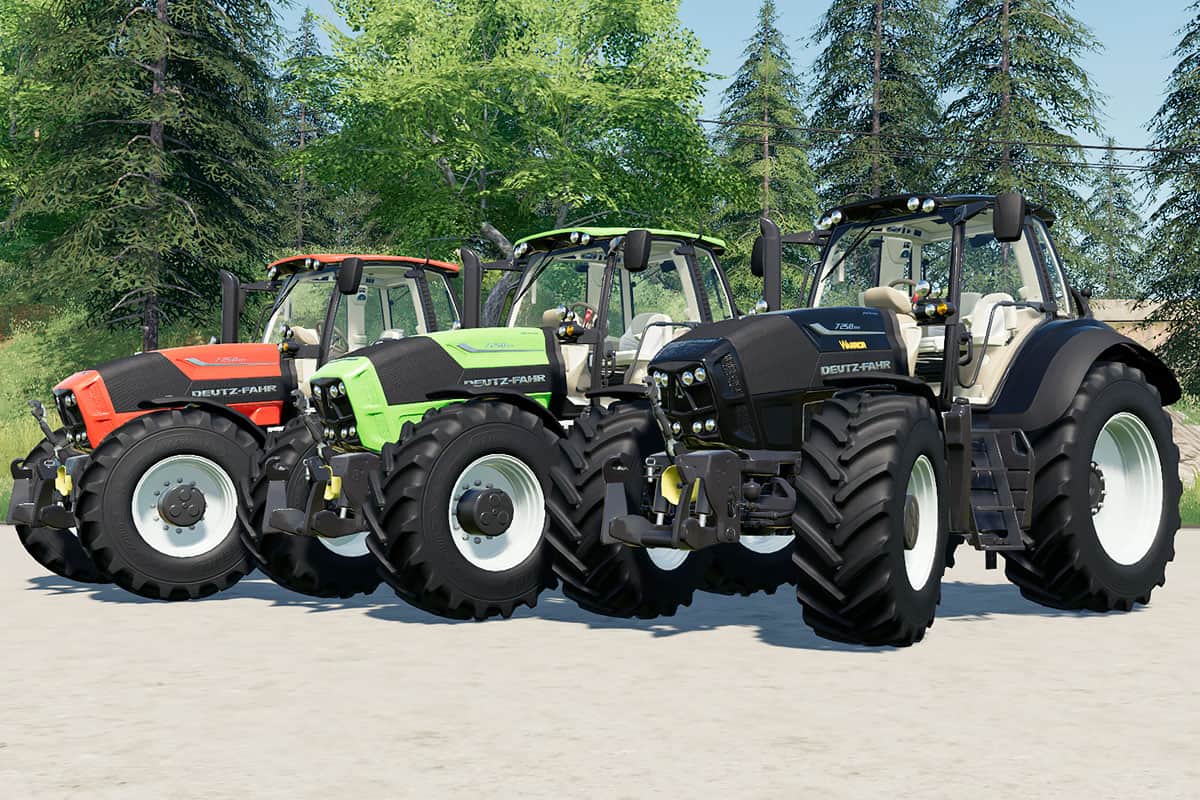It’s timeto look at the real powers of Seasons 19 for Farming Simulator 19. It’s time we talk about crops,growth, harvesting, and how you should handle grass.
The Seasons19 growth algorithm overrides the base game’s growth cycles. Transitions fromone growth stage to another happen at midnight. Same goes for germination (whenseeds start to grow.) Also, growth occurs in 4 phases. How far betweenyou'll see growth changes depends on how many days your season is.
Use the Calendar as PlantingGuide
Germination(or sprouting) marks the start of the growth process. This is when theseeds turn into plants. Just remember that every crop type has its owngermination temperature. Putting seeds into the soil that's too cold may causethe germination to fail.
This iswhere the calendar is so handy. This is what you should pay attention to:
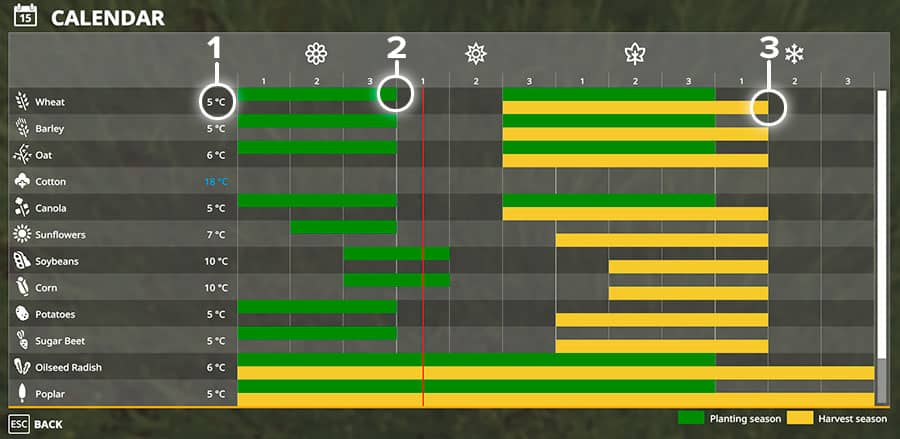
1. Germination Temperature
When thetemperature is in blue, it's too cold to plant that particular crop. Whenwhite, the ground is warm enough.
2. Planting Season
The greenbar indicates when you should plant. Nothing is stopping you from plantingoutside the recommended windows (except frozen soil), but there’s a riskthat your crops won't mature before winter sets in.
3. Harvesting Season
Most cropscan only be harvested in the final growth stage. To harvest, you need to takecrop moisture into consideration. If the crop is too wet, it must have some sunto dry up before you can fire up your harvester.
You mightactually get a warning that the crop is too wet to be threshed. You can driveyour combine in the field, but it won’t cut anything. This doesn’t apply tograss though.
(You canuse the MT 9 measurement tool, which can be bought in the shop and activatedlike chainsaws, to measure the crop moisture among other things.)

Note: You can turn off the crop moisturefunction in the Seasons 19 menu.
Andforaging? The moduses the vanilla system for foraging, meaning you can start up your forageharvester when corn reaches the second last growth stage, for example.
Soil is Too Dry
Whenputting seeds into the ground, you also need to look at the ground moisture.For this, you can use the MT 9 measuring tool. You don’t want the soil to betoo dry. Planting in dry grounds might cause your crop’s growth to fail.
It seemsthat at least 12 % of ground moisture is what you want.
Fall (Autumn) Planting
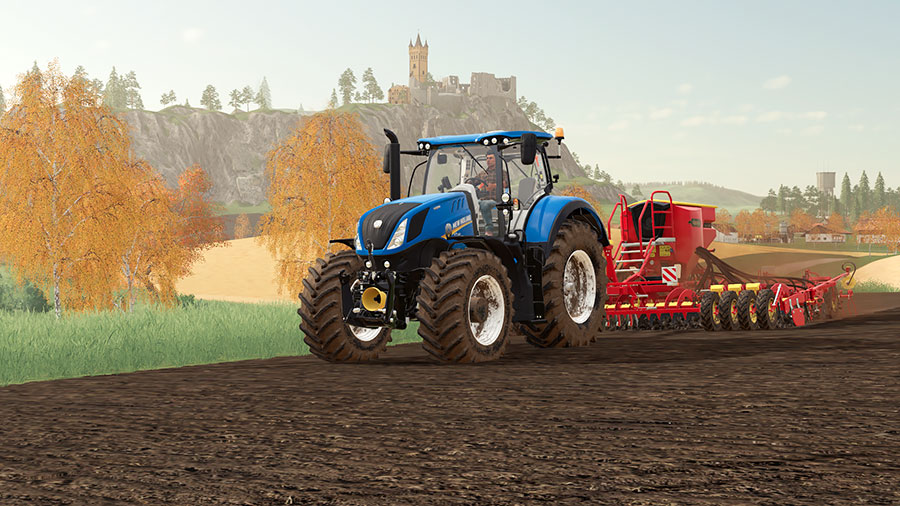
If you takea look at the calendar, you’ll see that plants like wheat, barley, and canolahave a second planting season in Fall. So, how can we benefit from this?
In manyareas of the world, planting crops like winter wheat is quite common. DuringSummer, the fields are planted with, let’s say, corn. Then, after Fall harvestof the corn, the fields are replanted with wheat that matures next spring.
And this ishow you can do it in Seasons 19 too. In Fall, within the crop’s plantingseason, you can put seeds into the ground. It will germinate before Winter setsin and stay dormant during winter. Then, when Spring arrives, it’s time toharvest the winter crops.
Patchy Crop Failures
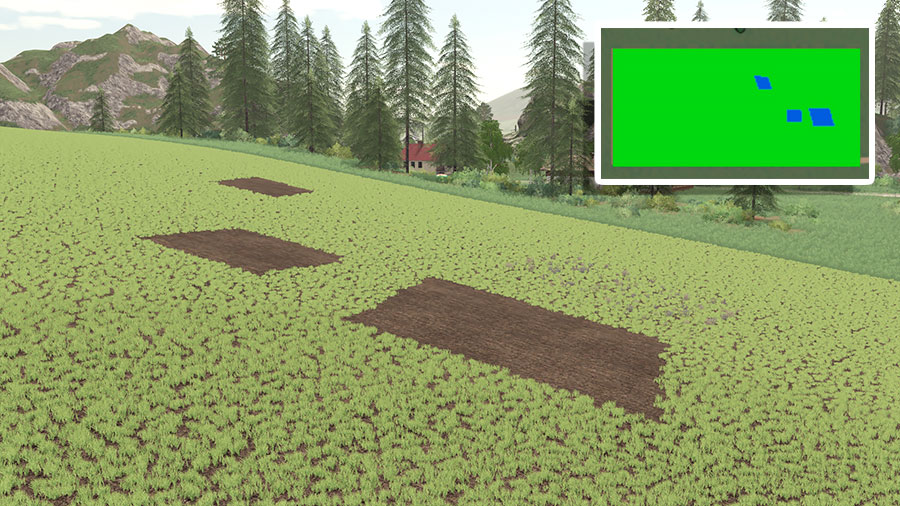
Patchy cropfailures (PCF) is new for Seasons 19. It simulates real-world events weregermination, and growth fails in some areas of the fields. In-game, it’s stufflike frost and drought that might cause parts of your crops to fail.
If youdiscover them soon enough in the planting season, you could try replanting thepatches. But for the most, the areas affected are so small that the loss ofyield is almost unnotably.
Oh,those faulty patches do show up on the main menu world map, under the growthtab (see the image above.)
Winter is Coming
Whatabout winter? What happens when the snow is falling? Well, the grass is set back atgrowth stage 2. Most other crops will die during winter if they have matured. Thewithering occurs in the transition between early and mid-winter. In otherwords, it might still be room to save full-grown crops in the early stages ofwinter.
How to Make Hay
The weatheris an essential factor in haymaking in Seasons 19, just like it is forreal-world farmers. Warm and windy weather creates excellent drying conditions.Rain and cold weather may cause the cut grass to rot.
Thereare three drying stages for grass:

Wet grass, semi-wet grass,and hay.
Wet grassneeds tedding, semi-wet grass can just need warm and dry weather (see below.)And hay – just reap the rewards and make your cows happy…
Here’ it’s essentialto pay attention to the moisture of the grass you’ve just cut (again, usethe MT 9). If the grass is dry enough when you mow it, you can skip thetedder. This is what you should look for:
- Ifthe grass moisture is more than 20 % before mowing, then you need to usethe tedder.
- Youcan skip tedding when the moisture is below 20 % just before mowing.
Thisgives us the following workflow:
- You mow the grass.
- Then you use a tedder to helpthe drying process.
- You let the wind and sun drythe grass on the ground.
- Finally, you can collect the hay.Get it inside before next rainfall (hay might rot outside.)
Protip: Creating hay with Seasons 19takes planning. Look at the forecast. Check the ‘Drying Conditions’ row. Lookfor a continuous line of plus signs that lasts for a couple of days or more.
Rain Ruins the Day
So, youhave just cut the grass. Now, it’s laying on the ground, waiting for the sunand winds to turn it into hay. Then, disaster! It starts to rain. Whatcan you do?
You couldtry tedding the grass when the rain is over and hope for warm weather afterward.If you don’t do anything, the grass will start to rot (the grass willeventually disappear.)
On thesubject of rotting…
Heaps ofhay and straw that are kept inside buildings will not rot as they used to do inSeasons 17…
Silage and Bales
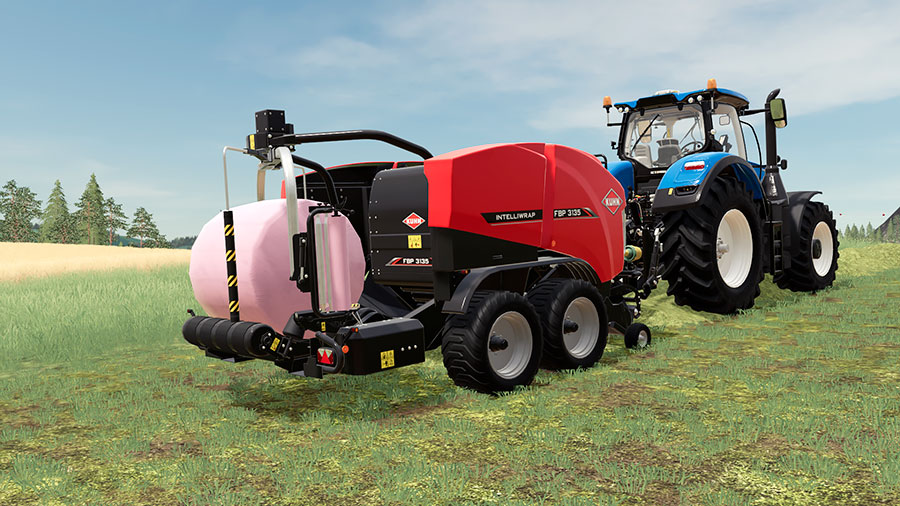
Want tomake silage from grass bales? Then you have a limited amount of time to dosomething about it. Grass bales that don’t get wrapped within two days will rotand disappear.
Note: It takes one-third of a season(one transition) for a wrapped grass bale to turn into silage. Same goes forchaff in silage bunkers. And just so you know, chaff will not rot when dumpedin bunkers, even if it’s not covered…
Straw balesand hay bales will also rot if you let them be exposed to rain. Therefore, getthem under a roof before the rain or snow sets in.
Note: The bales will only rot if themap you play on has been appropriately prepared for Seasons 19.
Grass Grows Back
One finalword about grass. Seasons 19 grass grows back of itself, just like in thestandard version of Farming Simulator 19. Just make sure that you fertilize yourpastures after harvest.
If you canstart your first grass harvest early, it’s possible to harvest one more timebefore winter sets in.
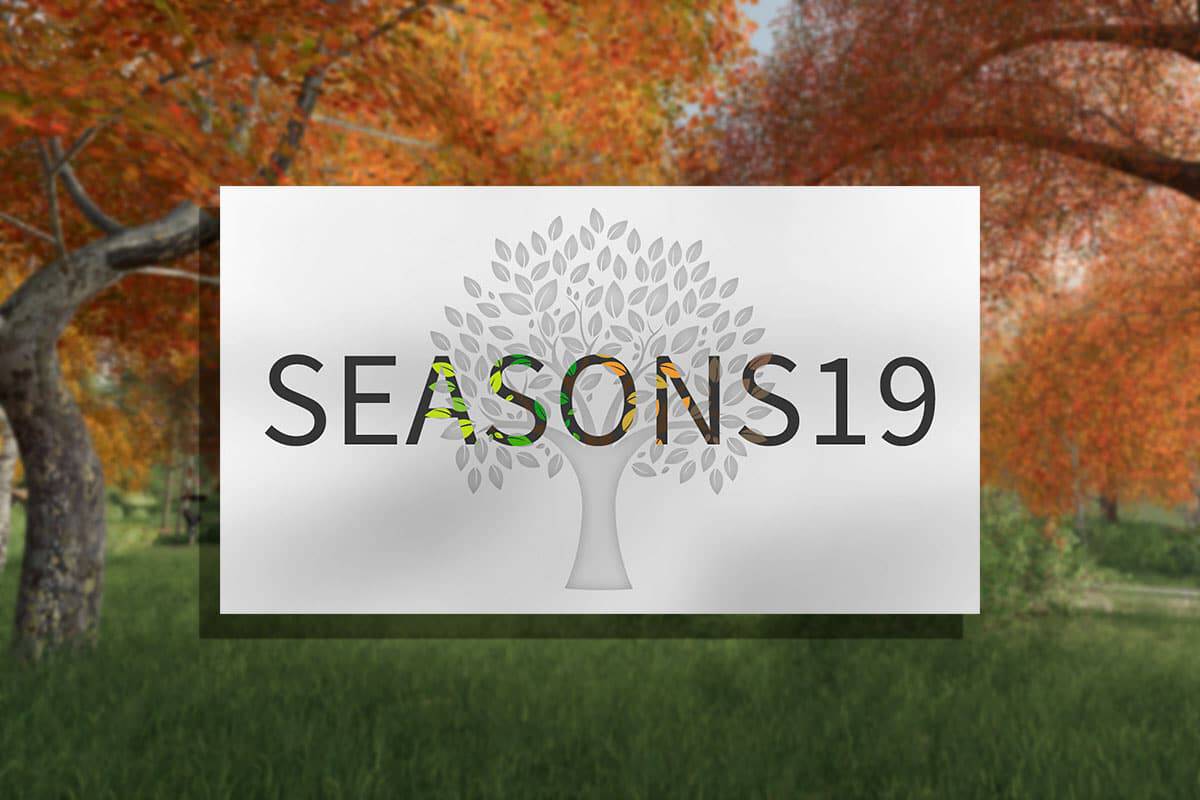


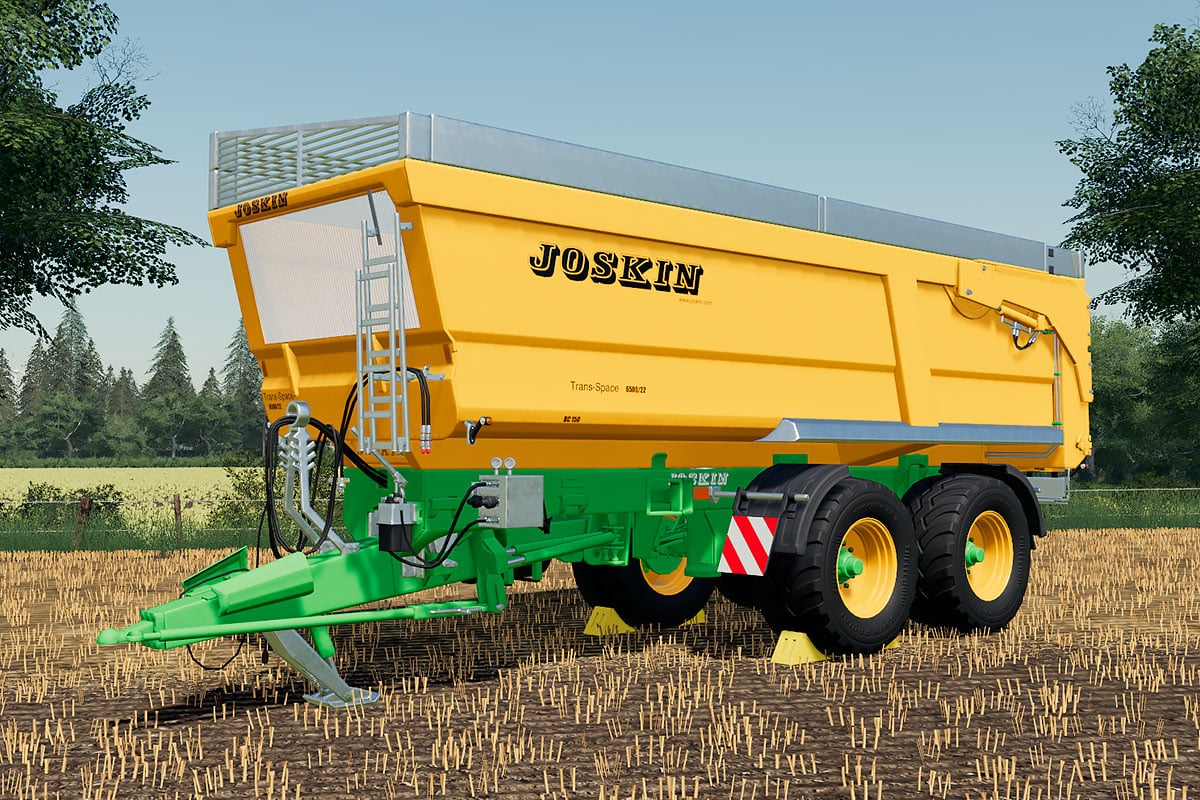
 Yesmods
Yesmods 